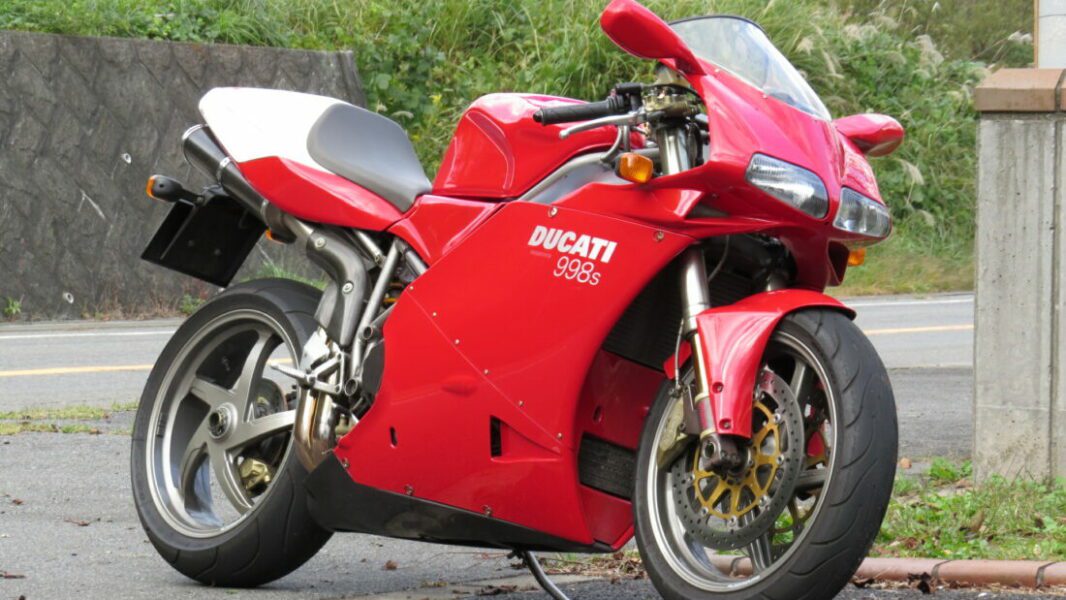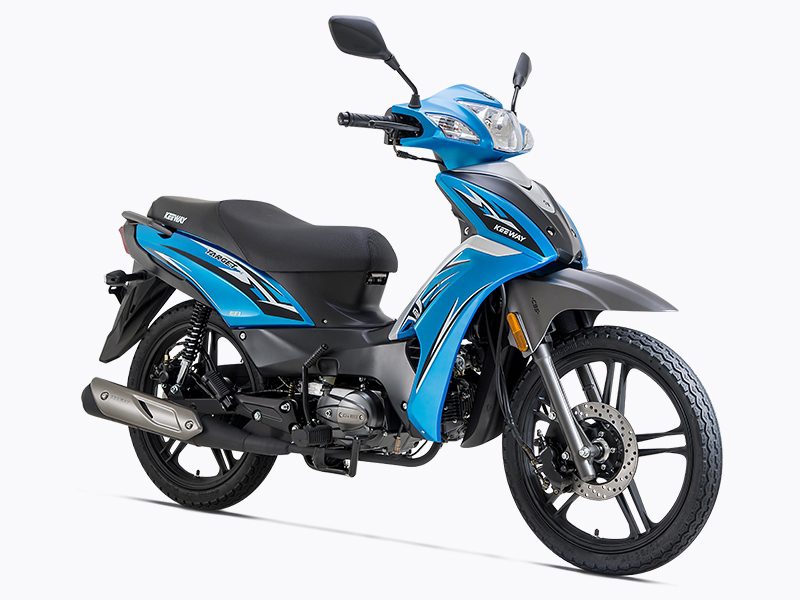
Ducati 998 Testastretta
changes
Strong sales figures and world titles in the superbike class are proof of the popularity and success of the Bologna-based company. The timelessness of the genius Tamburini (a man said goodbye to life a few months ago), materialized already in the 916, is recognized by observing the successors of his products, which have practically not changed. The Italians have been examining the device for eight years. It remains mostly liquid-cooled, with twin camshafts over the cylinder head and desmodromic valve control.
This year Testastretta has larger valves than last year (intake 40 mm, exhaust 33 mm), their angle is even smaller (25 °), the opening time of the intake valve is shorter, the combustion chamber, bore and stroke (100 x 63 mm). mm) have been changed. The new unit also features a larger air chamber and a new fuel injection system with larger 5mm intake manifolds. The numbers speak for 54 horsepower at 123 rpm, which is 9750 "horsepower" more than the Model 11.
To refresh your memory: Four years ago, the exotic 916SPS had so much horsepower! In addition to the base 998, Ducati also introduced the 998-horsepower 136S and 998-horsepower 139R this year.
The frame changes are less noticeable - all three versions share a frame similar to the 996. They all have an Öhlins rear center shock, and the Swedish manufacturer's front forks are only found on the heaviest R model, the R. Seva has taken care of the others. Instead of plastic, the standard model has armor and airbags in the S and R versions in nobler carbon.
On road
When I run it on the track, I feel a promising day. Also because of the track, as the first chicane is so difficult that I consider it to be the most difficult section of asphalt I know. When I first hit the finish line, hidden behind a rather small turret, I wait in fourth gear to get closer to it. When I reach a mark next to the track, I run after it and start to slow down.
The Brembo brake set bites, and when I downshift, I love the great drivetrain, and at the same time, I feel a slight frame shake as I shift the bike through that tricky combination of corners. Responsiveness is excellent, as is imaginary line following, and knocking down a 198kg bike is a real pleasure.
I was also impressed by the responsiveness of the front fork, which I set a little harder. The rear suspension is great too. When I turn on the throttle at the chicane exit, I am shot to the edge of the track, and the unit accelerates evenly while the muffler bangs. The torque is also commendable as it satisfies the urge to accelerate even at 6000 rpm.
The experience gained by Ducati engineers on the World Superbike Championship trails comes through on the ride, so it's no wonder the 998 is such a damn fast and balanced bike. I hardly feel any disturbing vibrations, their absence will certainly be welcomed on a regular road.
But let me immediately calm the bitten ducat. The Ducati remains sporty, spiky and tough, with a distinctly sporty riding position, modest seat and visibility. The price also remains the same. This one will certainly cost around 16 euros, around 000 euros will have to be deducted for the 998S, and the most prestigious 20R will go on sale online from January at a price of 000 euros. Rumor has it that the 998 is the latest chapter in the Ducati success story that began eight years ago with the 27, and that the Italians are preparing a surprise for the year of the Osora.
engine: liquid-cooled, two-cylinder, V design
Valves: DOHC, 8 valves
Hole diameter x: 100 63 x mm
Volume: 798 cm3
Compression: 11 4: 1
Carburettors: Marelli fuel injection, 54mm intake manifold
Switch: dry, multi-veneered
Maximum power: 123 h.p. (91 kW) at 9750 rpm
Maximum torque: 96 Nm at 9 rpm
Energy transfer: 6 gears
Suspension (front): Showa fully adjustable telescopic forks upside down, 127 mm travel
Suspension (rear): Öhlins fully adjustable shock absorber, 130 mm wheel travel
Brakes (front): 2 discs f 320 mm, 4-piston Brembo brake caliper
Brakes (rear): disc f 220 mm, two-piston caliper
Wheel (front): 3 x 50
Wheel (enter): 5 x 50
Tire (front): 120/70 x 17, Pirelli Dragon Evo Corsa
Elastic band (ask): 190/50 x 17, Pirelli Dragon Evo Corsa
Head / Ancestor Frame Angle: 23 ° -5 ° / 24-5 mm
Wheelbase: 1410 mm
Seat height from ground: 790 mm
Fuel tank: 17 liters
Weight with liquids (without fuel): 198 kg
Roland Brown
Photo: Stefano Gadda (Ducati) and Roland Brown
Technical information
engine: liquid-cooled, two-cylinder, V design
Torque: 96,9 Nm at 8000 rpm
Energy transfer: 6 gears
brakes: disc f 220 mm, two-piston caliper
Suspension: Showa fully adjustable upside down telescopic fork, 127 mm travel / fully adjustable Öhlins shock, 130 mm wheel travel
Fuel tank: 17 liters
Wheelbase: 1410 mm
Weight: 198 kg

